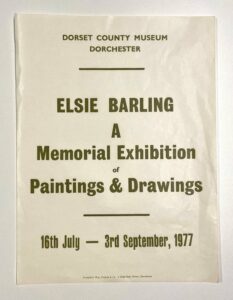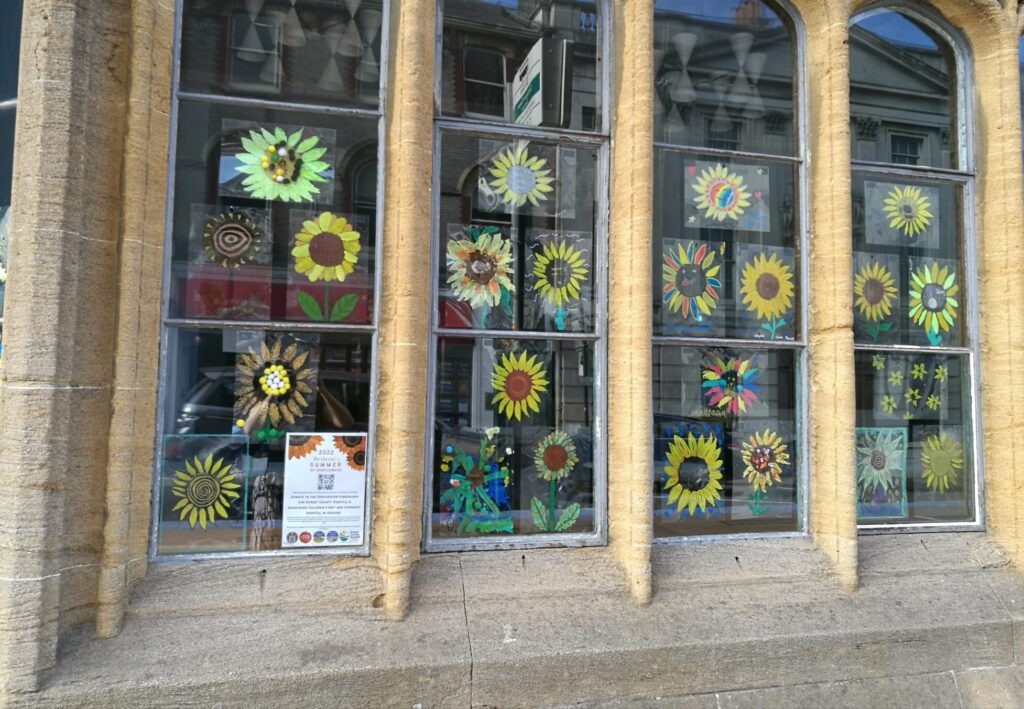Elsie Barling (1883 – 1976) was a teacher and painter born in Newham, Gloucestershire in 1883. Barling taught art to support her family and was described by her student and artist John Craxton as an inspired teacher; her enthusiasm led to an exhibition of school pupils’ work at the Bloomsbury Gallery in 1935.
Barling moved to Studland during the Second World War and taught art at Bryanston school from 1940 – 1943 where she was described as “encouraging each pupil where their talents lay.” She was a particularly strong draftsman and her work consisted of many different subjects including landscapes and scenes of people from her travels abroad to Brittany, Spain and the Alps as well as many scenes from Ireland, Wales, Cornwall and some from Kent where she lived.



